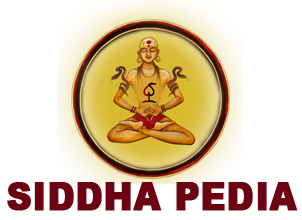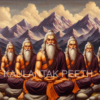Saptarshi
The term “Saptarshi” (सप्तऋषि, “saptaṛṣi”) means “seven sages,” derived from “sapt” (सप्त, “sapta”) (seven) and “rishis” (ऋषि, “ṛṣi”) (sages). These revered figures hold a significant place in Hindu Dharma and are associated with the Big Dipper constellation in the Akash Mandala (आकाश मण्डल, “ākāśa maṇḍala”) illuminating humanity with their light. Meditators often focus on the… read more »










